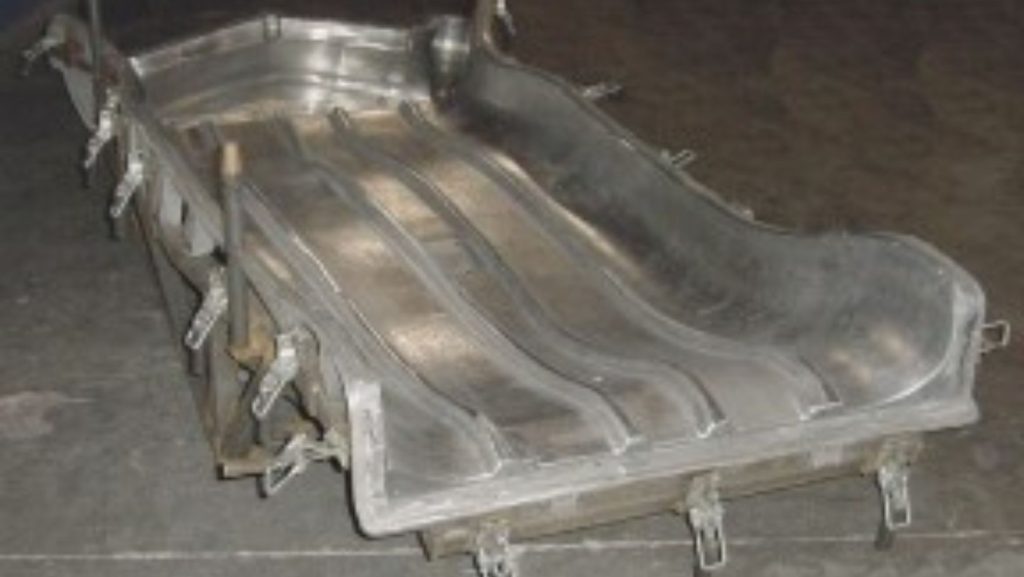
Delving into the world of plastics manufacturing, one technique stands out for its unique approach and versatile results: rotational molding. This innovative process, often referred to as ‘rotomolding,’ has revolutionized the production of large, hollow, and double-walled plastic parts that defy conventional molding techniques. At SPI Plastics, we harness the power of rotational molding to create durable and functional products, from playground equipment to livestock waterers. In this blog post, we will explain how rotational molding works and why it’s a game-changer in the plastics industry. So, let’s embark on this journey to understand the essence of rotational molding and its integral role in shaping the future of plastic manufacturing.
Understanding Rotational Molding
Rotational molding, or ‘roto molding,’ is a unique manufacturing process that creates large, hollow, and double-walled plastic parts. It involves a heated hollow mold filled with a charge or shot weight of material that is slowly rotated, causing the softened material to disperse and stick to the walls of the mold. As the process continues, the material hardens into a hollow product. The rotational movement ensures an even distribution of plastic, resulting in high-quality, uniform products with seamless finishes.
Why Rotational Molding? Advantages And Unique Aspects
There are several advantages to the rotational molding process that make it a preferred choice for certain applications. First, it’s highly versatile. Rotational molding can produce a wide range of shapes and sizes, including complex geometries and multi-part designs that would be difficult or impossible with other methods.
Secondly, the process offers excellent durability. Because the plastic is evenly distributed, the end products are stronger and more resistant to impact. Additionally, the lack of seams eliminates weak points that could fail under stress.
Lastly, rotational molding is cost-effective. It requires fewer raw materials and less labor than other processes, which makes it an economical choice for producing large, hollow objects. Moreover, it allows for easy color and material changes, enhancing customization capabilities without significant cost implications.
Applications Of Rotational Molding
The versatility of rotational molding is evident in its wide array of applications. For instance, playground equipment—like slides and tunnels—are often made using rotational molding due to the process’s ability to create large, durable, and safe pieces. These items need to withstand the rigors of daily use by children, making the sturdiness provided by rotational molding a perfect fit.
In the marine industry, buoyant devices like kayaks and canoes are another common application. These products must be robust and capable of withstanding harsh conditions, making the durability offered by rotational molding ideal. Other applications range from automotive components to furniture, showcasing the flexibility and adaptability of this manufacturing technique.
How SPI Plastics Utilizes Rotational Molding
At SPI Plastics, we have fully embraced the power of rotational molding. We use it to create a diverse range of products, always ensuring that quality is at the forefront of our operations. Our expert team understands the intricacies of the process, allowing us to maximize its benefits and deliver superior products to our clients. Whether it’s a playground slide or a livestock waterer, every product we create through rotational molding is designed to meet the highest standards of durability, functionality, and safety.
Embracing The Power Of Rotational Molding
In conclusion, rotational molding is a game-changer in the plastics industry. Its versatility, durability, and cost-effectiveness make it an invaluable tool for creating a vast array of products. As we continue to explore and harness the potential of this innovative process at SPI Plastics, we are excited about the possibilities it holds for the future of plastic manufacturing. By embracing the power of rotational molding, we are not only shaping plastic—we are shaping the future.